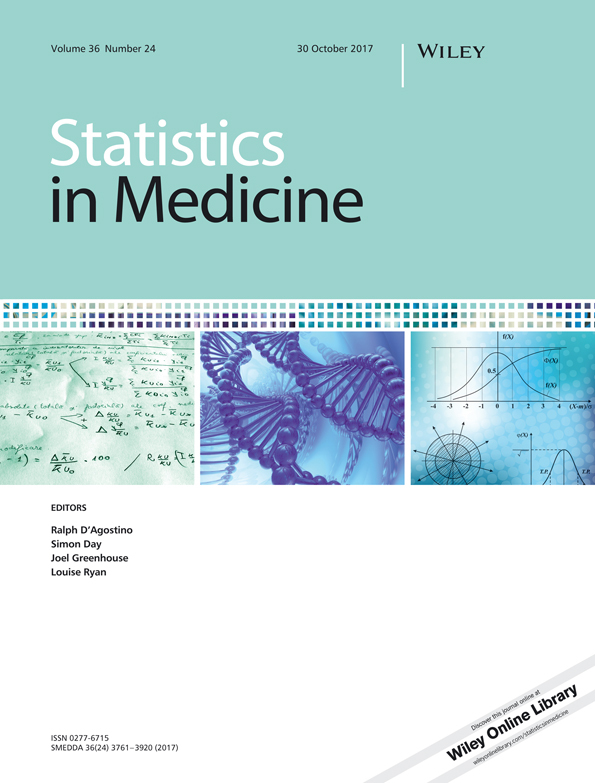Model averaging for robust assessment of QT prolongation by concentration-response analysis
Abstract
Assessing the QT prolongation potential of a drug is typically done based on pivotal safety studies called thorough QT studies. Model-based estimation of the drug-induced QT prolongation at the estimated mean maximum drug concentration could increase efficiency over the currently used intersection-union test. However, robustness against model misspecification needs to be guaranteed in pivotal settings. The objective of this work was to develop an efficient, fully prespecified model-based inference method for thorough QT studies, which controls the type I error and provides satisfactory test power. This is achieved by model averaging: The proposed estimator of the concentration-response relationship is a weighted average of a parametric (linear) and a nonparametric (monotonic I-splines) estimator, with weights based on mean integrated square error. The desired properties of the method were confirmed in an extensive simulation study, which demonstrated that the proposed method controlled the type I error adequately, and that its power was higher than the power of the nonparametric method alone. The method can be extended from thorough QT studies to the analysis of QT data from pooled phase I studies.




